
A new study by a team of Harvard scientists reveals how we could study future interstellar visitors like 'Oumuamua
Continue reading
Continue reading
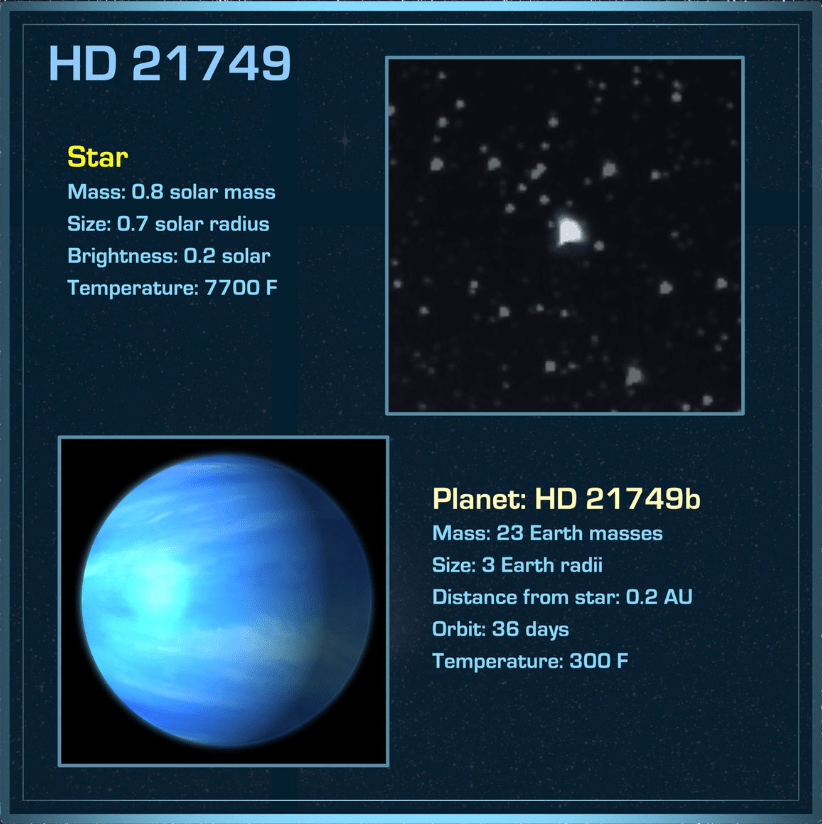
Continue reading
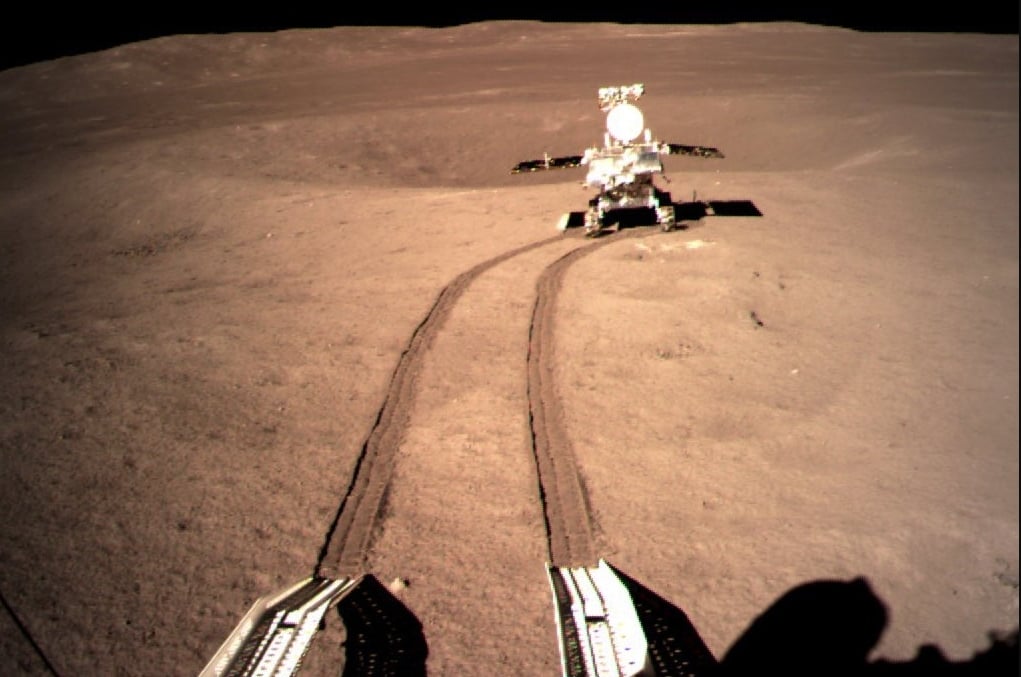
Continue reading

Continue reading

Continue reading
Continue reading

Continue reading

Over the holidays, a number of shutterbugs took pictures of the evolving architecture of SpaceX's Starship hopper.
Continue reading

China's Chang'e-4 mission made history on Jan. 2nd when it became the first mission to land on the "dark side" of the Moon.
Continue reading
Continue reading

Located in the southern skies is the Eridanus constellation, one of the original 48 catalogued by Ptolemy and one of the 88 modern IAU constellations.
Continue reading

NASA's Juno mission recently acquired some stunning photographs of Io before it plunged into Jupiter's shadow.
Continue reading

Continue reading

The New Horizon's probe made its historic rendezvous with Ultima Thule on New Years and captured these detailed images of the object.
Continue reading

The government of India recently announced that it will be sending a crew of three to space in 2022, and for the low price of $1.4 billion
Continue reading

Happy New Year! The beginning of the first month of the year is always a busy one for astronomy, and January 2019 is no different, as the Earth reaches perihelion, the Quadrantid meteors peak, and a partial solar eclipse crosses the Pacific... all this week.
Continue reading

Continue reading
Continue reading

Elon Musk recently provided updates on the mini-Starship prototype that will making a test flight next year, including the fact that it will be built from a stainless steel alloy.
Continue reading

Continue reading

Located on the other side of the galaxy, near the southern constellation of Sagittarius, is the globular cluster known as Messier 75
Continue reading

According to statements from cosmonaut Sergey Prokopyev, the hole found in the ISS was drilled from the inside and the cause remains unknown.
Continue reading
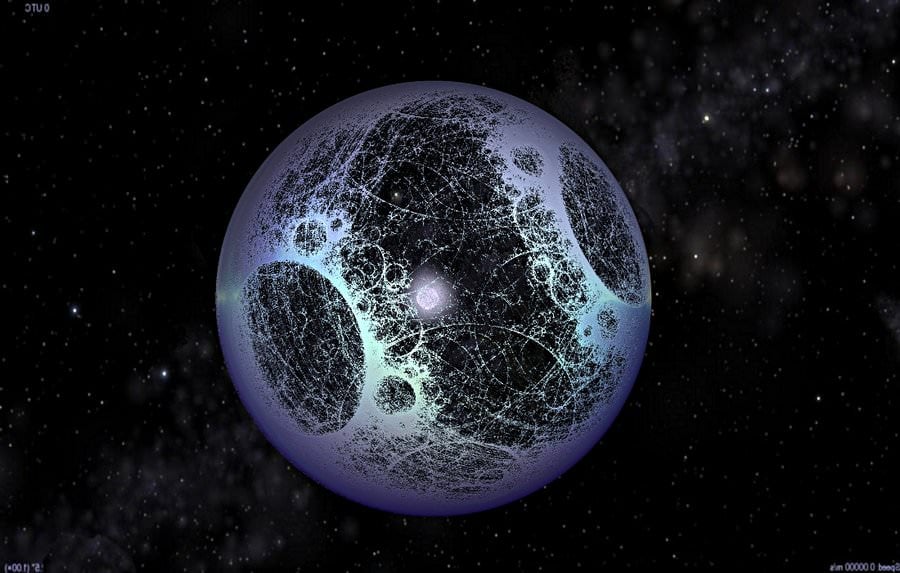
NASA's final report from their Technosignature Workshop is now out and addresses all the ways in which humanity is looking for evidence of extra-terrestrial civilizations.
Continue reading

Continue reading

You might've heard the news. We wrote a book this past year: The Universe Today's Ultimate Guide to Observing the Cosmos: Everything You Need to Know to Become an Amateur Astronomer. Judging from reader feedback thus far, one of the most popular parts of the book is Chapter 10, where we list the top astronomical events by year for the coming six years. True story... we picked six (2019 to 2024) to stretch out the list to touch on the April 8th, 2024 total solar eclipse.
Continue reading
Continue reading
Continue reading

Just in time for the holidays, the ESO's Mars Express mission revealed a breathtaking image of a Martian crater that is ice-filled all year round.
Continue reading

Continue reading

Continue reading

Continue reading
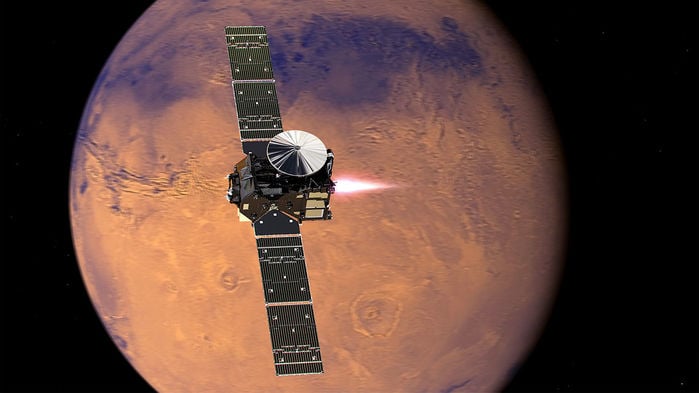
According to recently-reported results from the ESA's Trace Gas Orbiter, it appears that there may not be any methane in Mars' atmosphere.
Continue reading

Continue reading

Continue reading

According to new research based on data obtained by the Cassini probe, Saturn's rings could be gone within 100 million years.
Continue reading

Continue reading
Continue reading
Continue reading

Continue reading

Located in the Pisces constellation, roughly 30 million light years from Earth, is the spiral galaxy known as Messier 74 (aka. the "Phantom Galaxy").
Continue reading
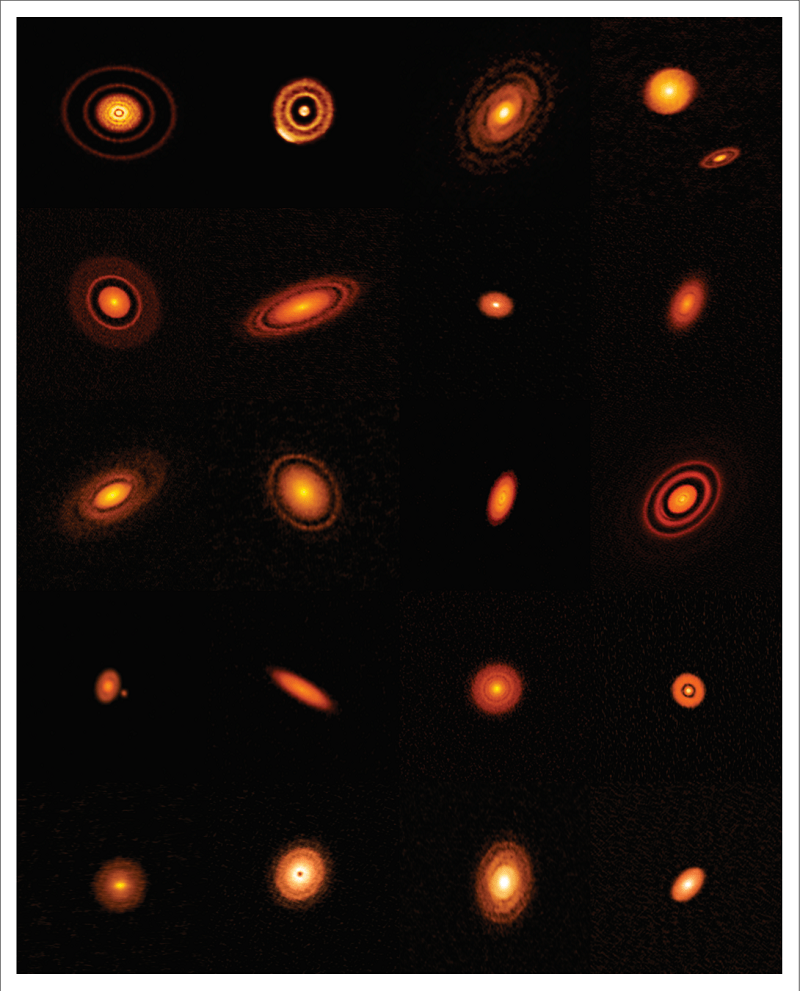
A new survey by an ALMA collaboration has resulted in stunning images of 20 nearby protoplanetary disks, which shows the process of planet formation as it happens.
Continue reading

Continue reading

According to a new analysis of Rosetta data, the orbiter passed through the bow shock of Comet 67/P several times during its mission.
Continue reading

Continue reading

Continue reading

In a recent study, an international team of scientists present their concept for a lightsail and spacecraft that could make the journey to the nearest star in about 100 years.
Continue reading

Continue reading

The ESA's NELIOTA project is busy monitoring the dark side of the Moon for impact flashes, which could tell us more about the risk of asteroids hitting Earth.
Continue reading

Continue reading

 Universe Today
Universe Today







































